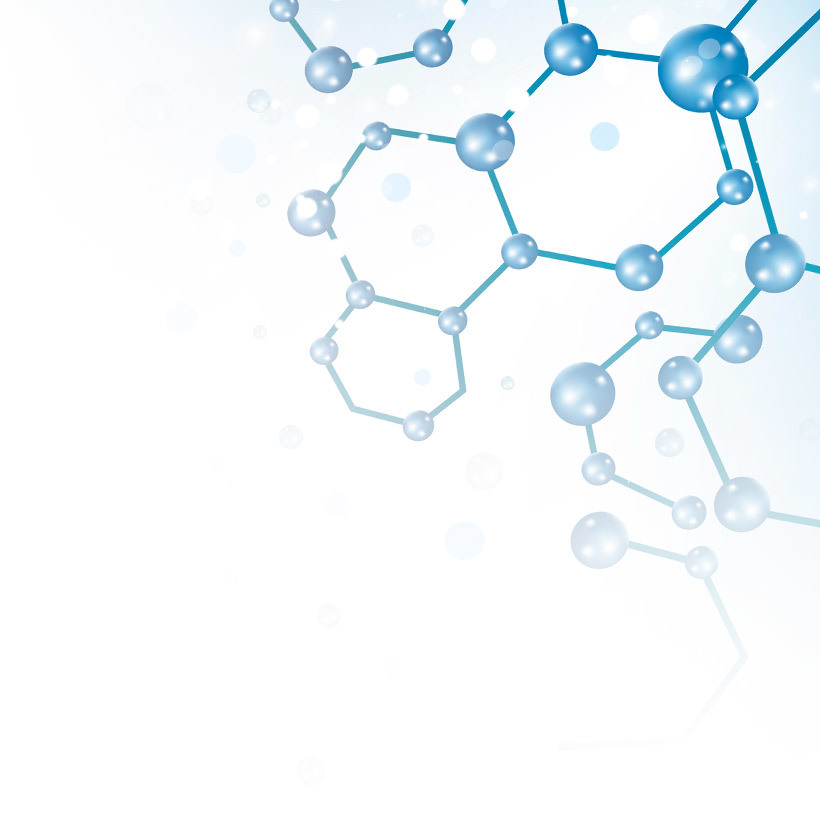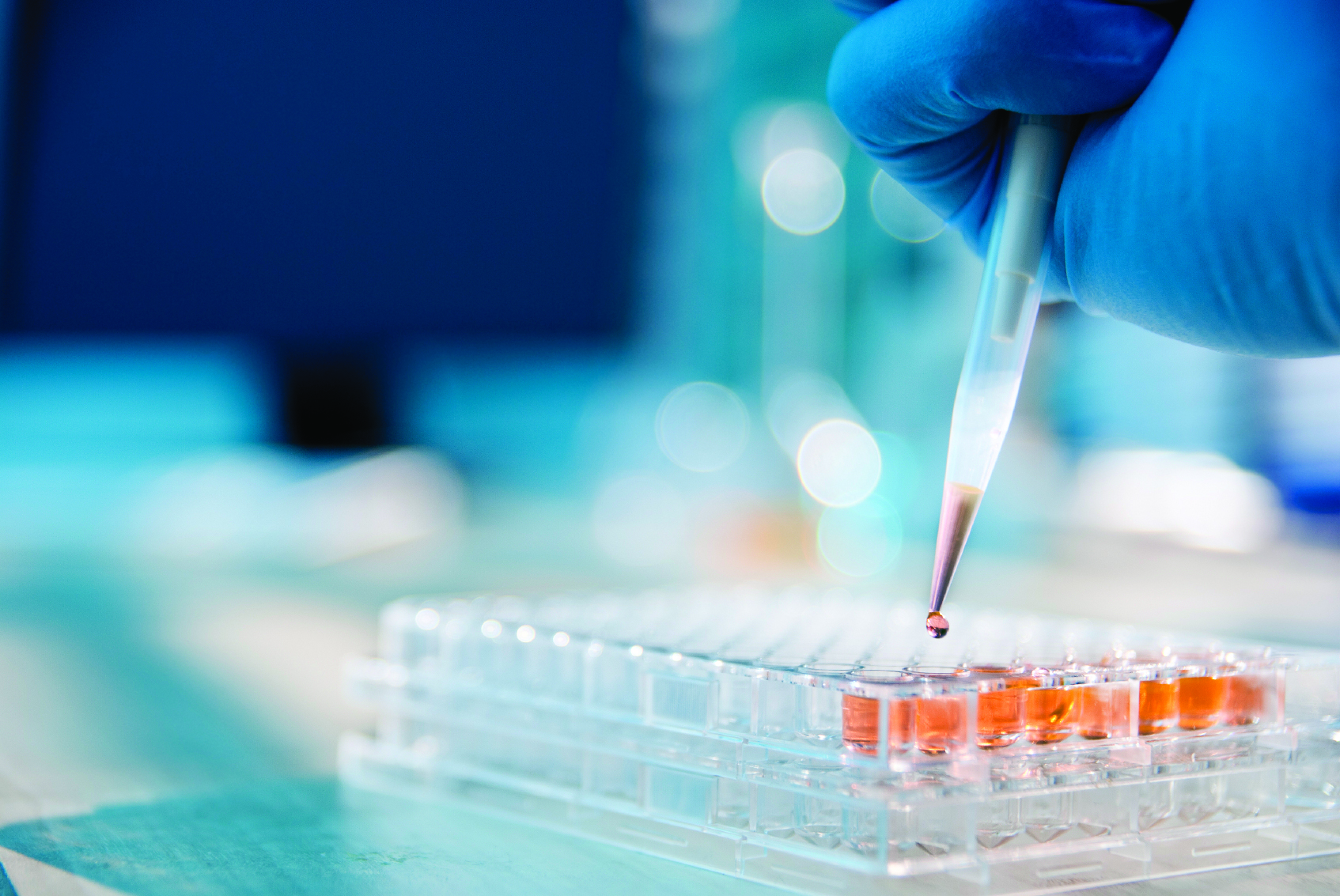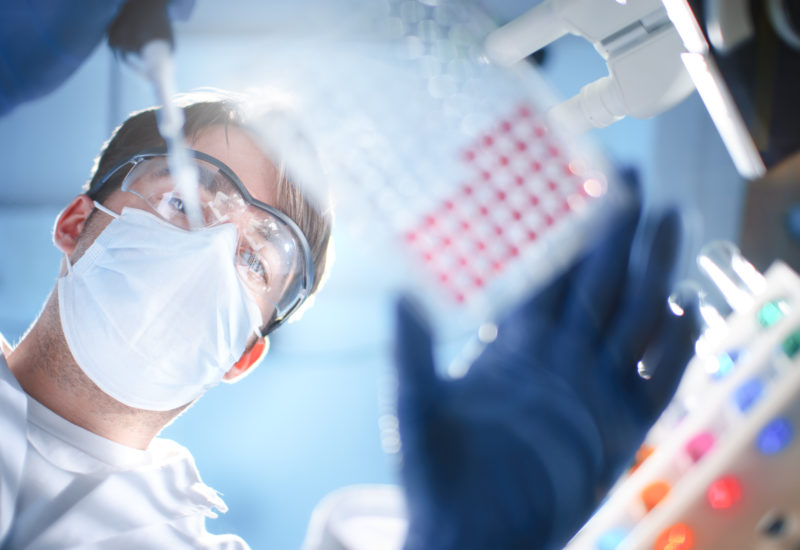

Interesting Topics at the 3rd SCI-RSC Symposium on Transporters in Drug Discovery and Development
- Drug Transporters
- September 22, 2021
- Andy Rhoades, Dr. Andrew G. Taylor, Michael Millhollen, Cody Hendren
Several members of the XenoTech team had the pleasure of attending the virtual Symposium on Transporters in Drug Discovery and Development organized by SCI’s Fine Chemicals Group, RSC’s Biological and Medicinal Chemistry Sector and the Drug Metabolism Discussion Group (DMDG) on April 29th, 2021. There were numerous thought-provoking presentations, including but not limited to:
- Calculation of an In Vitro Apical Efflux Ratio from P-glycoprotein (P-gp) – Impact on Screening and Compound Optimization, presented by Dr. Carina Cantrill, Roche
- Structural Insight into Substrate and Inhibitor Interactions with Human Multi-Drug Transporters ABCB1 and ABCG2, presented by Kaspar Locher, ETH Zurich, Switzerland
In Calculation of an In Vitro Apical Efflux Ratio from P-glycoprotein (P-gp) – Impact on Screening and Compound Optimization, Dr. Cantrill introduced relevant new in vitro methodology for what could be more physiologically relevant parameters.
Researchers at Roche were aiming to use P-gp efflux ratio to predict potential Central Nervous System (CNS) exposure in humans. While focusing on CNS pharmacokinetics (PK) and plasma creatine kinase (CK), researchers at Roche turned their attention on the optimization of P-gp at the blood-brain barrier (BBB), as P-gp is the most relevant acting mechanism. However, they required robust preclinical models.
Aiming to use the P-gp efflux ratio to predict potential CNS exposure in humans with focus on Central Nervous System (CNS) pharmacokinetics (PK) and plasma creatine kinase (CK), researchers at Roche turned their attention on the optimization of P-gp at the blood-brain barrier (BBB), as P-gp is the most relevant acting mechanism. However, they required robust preclinical models.
Bidirectional efflux ratio (ER) is a common in vitro approach to measure P-gp-mediated transport. P-gp is located in the apical side of the cell membrane and ER is defined as apparent permeability (Papp) of B>A / Papp of A>B. Selective P-gp inhibitors, zosuquidar or tariquidar, were included and an ER of 2 to 3 or greater was restricted. Based on the observations below, a shift towards unidirectional apical efflux ratio (AP-ER), which is a ratio of permeability rates at the apical side, is proposed.
- IC50 (functional) is less important than IC50 (cell)
- Papp A>B perm is the most important parameter
- Papp B>A and ER (P-gp) are much less relevant parameters in the model
- logD is an important parameter for permeability at the BBB and GI tract
AP-ER is defined as Papp,inh A>B / Papp A>B, where Papp,inh is the passive permeability in the presence of an inhibitor. Therefore, unidirectional AP-ER is only relevant in the A>B, which is conceptually closer to the in vivo conditions than the classic bidirectional ER calculation.
Dr. Cantrill noted some considerations for measuring unidirectional AP-ER versus bidirectional ER based on their existing data sets. For the most part, results remained in agreement for either method using high permeability compounds. However for basic compounds, there is an increasing trend towards decreasing permeability, which is where the greatest differences in results were reported. To summarize, the historical bidirectional ER was fairly accurate for highly permeable compounds, but for less permeable compounds, greater differences between ER and AP-ER were reported and as a result, AP-ER was the better predictor. Therefore, Roche recognized the need to focus on compounds with low permeability in their investigation of unidirectional AP-ER.
The role of neutral, basic, acidic and amphoteric pH conditions were evaluated to further help determine which situations are most appropriate to use AP-ER as opposed to ER. Results indicated ER and AP-ER reported similarly for neutral compounds. For basic compounds, the classic ER over predicted indicating AP-ER was the better predictor.
In order to see how well the in vitro concept correlates with in vivo data and assess whether there could be further improvements, the Roche team evaluated a selection of 34 compounds to see whether the AP-ER method continued to support their initial observations. With this data, the Roche team measured a better slope for AP-ER. Based on both ER and AP-ER, Roche essentially created a cerebrospinal fluid (CSF) concentration prediction for in vitro data and compared each to in vivo data.
About 50% of the compounds were already well predicted by the calculated ER, primarily those with good permeability, as permeability is a key property of disconnect between the two calculations. For the other compounds (the less permeable, more basic, etc.), the in vivo data aligned closely with the calculations obtained from AP-ER; whereas ER was much lower—significantly under predicting. In addition, about 12% of the compounds that would be described as a substrate using historical ER would not be considered a substrate based on the novel AP-ER method. This further supported the use of AP-ER to calculate CSF more accurately depending on the properties of the compound and that efflux at the BBB could be lower than thought with ER alone.
A clinical trigger to shift to AP-ER is entrectinib, which has brain penetration issues. Using ER, it is shown to be a substrate of P-gp. However, it is not observed to be a substrate of P-gp when using AP-ER.
Dr. Cantrill noted this concept was not applied to intestinal P-gp. From their internal data set, they observed ER could overestimate the in vivo situation for up to 40-50% of compounds, particularly for poorly permeable basic compounds. It is possible that AP-ER could be applied instead, but further validation would be required. Additionally, this method has not been validated for any drugs that were not targeting CNS. Thus, this method would not be appropriate for hepatic clearance or renal clearance due to intracellular clearance.
If you would like to learn more about this topic, the presentation was based on a published journal article: Calculation of an Apical Efflux Ratio from P-glycoprotein (P-gp) In Vitro Transport Experiments Shows an Improved Correlation with In Vivo Cerebrospinal Fluid Measurements in Rats: Impact on P-gp Screening and Compound Optimization by Holger Fischer, Carina Cantrill, Mohammed Ullah, Claudia Senn, Franz Schuler and Li Yu, Roche Pharmaceutical Research and Early Development, Roche Innovation Center, Basel, Switzerland, published in J Pharmacol Exp Ther 376:322-329, March 2021; http://doi.org/10.1124/jpet.120.000158.
In Structural Insight into Substrate and Inhibitor Interactions with Human Multi-Drug Transporters ABCB1a ABCG2, Dr. Locher gave a very interesting presentation on how structures of potential substrates and inhibitors interact with the P-gp and BCRP cellular transporters.
Transporters recognize a range of molecules that can be either substrates or inhibitors of the transporter. This molecular-transporter interaction is determined based on the shape and chemical properties of the molecule and how it fits into the binding sites of the transporter protein. Some molecules are very potent inhibitors of transporters, while other molecules fit into the binding pocket and are transported into or out of the cell by the transporter.
P-gp and BCRP are ATP-driven multi-drug transporters with a huge impact on pharmacokinetics and drug disposition. Their protein structures affect substrate and inhibitor function, such as how ABCB1 (P-gp) and ABCG2 (BCRP) negatively affect drug disposition in the brain and overlap in substrate recognition. For example, ABCB1a and ABCG2 transporter proteins have two types of transmembrane domains (TMD), one shorter and one longer. When interacting with the external face on the apical side of the cell, some antibodies can inhibit the function of these transporters.
In his presentation, Dr. Locher described the basic mechanistic scheme of ABCB1 protein structure and how interactions between substrates and inhibitors of the transporter occur. Using cryo-electron microscopy (cryo-EM), transporters were embedded in nanodiscs with fat fragments that are required to make particles larger and increase resolution. The structure and interactions of ABCB1a and ABCG2 transporter proteins with inhibitors and substrates were examined with the transporters ‘trapped’ in their relevant conformations to study the interactions between transporter and substrate or inhibitor.
Dr. Locher showed that ABCB1’s structure is inward then outward facing, similar to scissors opening. The P-gp binding pocket is large and the transport tunnel is narrow. P-gp inhibitors generally bind in pairs and are very well localized and defined inside the transporter transport tunnel. Conversely, P-gp substrates tend to enter the transport tunnel as a single molecule and do not show well defined binding nor localization once inside the transporter transport tunnel. In a sense, the substrates are more ‘swimming around’ inside the tunnel as they are transported from inside the cell to outside.
BCRP transporters are similar to P-gp transporters in that inhibitors generally bind in pairs and are very well localized and defined inside the transporter transport tunnel. Substrates of BCRP tend to also enter as a single molecule and are not well defined nor localized inside the transporter transport tunnel. The BCRP binding pocket, where drugs are expected to bind, is at the center of the transporter between two transmembrane domains. BCRP substrates tend to be flat molecules to fit inside this narrow binding pocket. There are not a lot of amino acid interactions inside the binding pocket, which explains the ability of BCRP to transport a wide range of flat molecules.
The major difference of the BCRP transporter is that the BCRP binding pocket is a very narrow slit and has a leucine gate for extrusion, as opposed to the large and open binding pocket found in P-gp. While a structure of the BCRP transporter transporting a substrate with the gate open has not yet been observed, it is expected that the gate opens during transport.
While BCRP inhibitors do tend to bind in pairs (e.g., two Ko143 molecules bind inside the binding pocket to inhibit BCRP), inhibition does not necessarily need a pair of inhibitor molecules to occur. For example, MB136 is a single molecule that was created with a similar shape to two Ko143 molecules. Yet MB136 is somewhat flexible and able to bend in the center, allowing it to fit inside the BCRP binding pocket. Research showed that MB136 has a similar inhibitory effect to Ko143. In addition to MB136, a range of molecules that are variants of Ko143 were looked at and shown to compete for space where the substrate would bind
In conclusion, structures can rationalize P-gp and BCRP drug poly-specificity and suggest mechanisms of ATP-driven extrusion, but more work is needed to explain why certain seemingly similar compounds are poor substrates. The work by Dr. Locher and his colleagues begins to set the stage to design novel specific inhibitors of these transporters. Additionally, the cryo-EM method is showing its potential to speed up understanding transporter functions. If you would like to learn more about this topic, the presentation was based on a published journal article: Structural insight into substrate and inhibitor discrimination by human P-glycoprotein by Kaspar Locher, Julia Kowal, Amer Alam, Eugenia Broude and Igor Roninson, published in Science 363(6428):753-756, February 2019; https://doi.org/10.1126/science.aav7102.
About the Authors
Related Posts
Challenges & Solutions in Today’s In Vitro Transporter Research
AAPS-FDA Drug Transporters
Subscribe to our Newsletter
Stay up to date with our news, events and research

Do you have a question or a request for upcoming blog content?
We love to get your feedback
